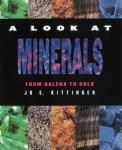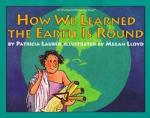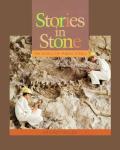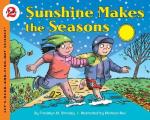Earth Science
A Look at Rocks
I really didn't expect to get much out of a children's picture book on rocks. Rocks are, well, rocks! I was wrong. Mrs. Kittinger has done a fine job in presenting various types of rock, how they are formed in nature (with a significant emphasis on volcanoes) and the various fascinating and often beautiful varieties of rocks. There are many stunning photos and fascinating statistics on rock-related items from Mount Rushmore (and it's lesser known "sister-sculpture" – Stone Mountain – of some "monumental" figures of the Confederacy) to the Grand Canyon to amazing volcano formations.
A Look at Minerals
A surprisingly interesting (and fairly in-depth) picture book that introduces children to minerals – which include metals and gems. Many full color photos highlight and enhance the text, which covers topics such as Mohs' Scale of Mineral Hardness, ice crystals, cleavage planes (the way minerals break when cut) of various minerals, metals in their natural state, special metals like gold, silver and platinum, how various minerals form and what they look like in their natural state. My children and I found this to be quite an interesting book.
Stories in Stone
Although this is a meaty book for its age level and rather lengthy, my children were completely absorbed when I read this aloud to them.
Stories in Stone presents the "World of Animal Fossils" and the story of the dinosaurs from the point of view of generally accepted scientific theories of today. Chapter 1 (A Rock Sandwich) covers introduces the idea of fossils, how they were formed, types of fossils, the scientific classification of animal species ("Why Dinosaur Names are Hard to Spell") and how scientists determine the age of fossils.
Sunshine Makes the Seasons
"Sunshine warms the earth. If the sun stopped shining, the earth would get colder and colder..." It is important for children to consider the importance of the sun in our lives. In Sunshine Makes the Seasons, children are introduced to the sun's role and in particular how the seasons change because of the earth's rotation around the sun and the tilt of the earth.









